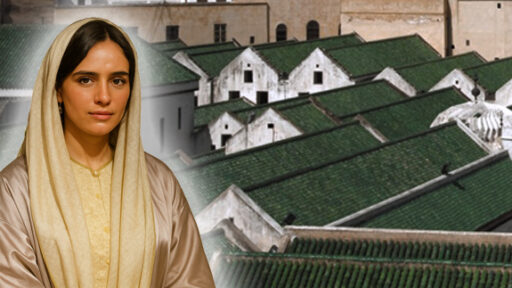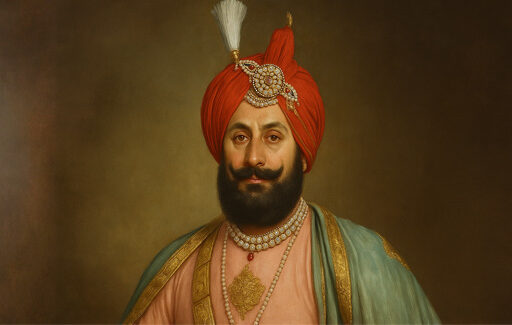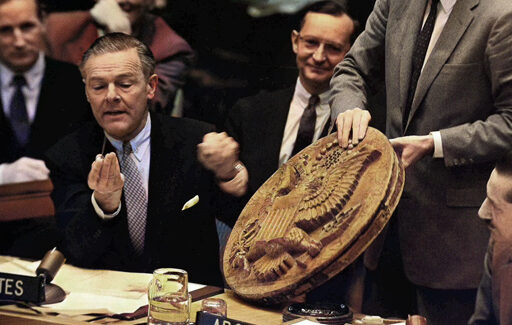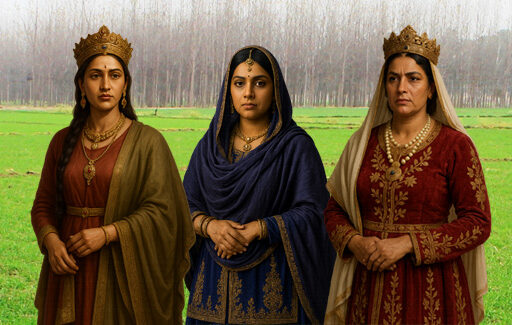In the heart of Fez, Morocco, where cobblestone alleys wind past old bazaars and history seems to live in the stones, there stands a structure that quietly changed the course of human civilization. It is the University of Al-Qarawiyyin—the world’s oldest in existence and continuously operating degree-granting university. Behind this incredible institution stands an incredible woman: Fatima al-Fihri.
Her story is not just that of stone and mortar, but of vision, of determination, and of belief in the potential strength of knowledge.

Early Life and Migration from Tunisia to Morocco
Fatima al-Fihri was born around 800 CE in the city of Kairouan, which is now in modern Tunisia. She belonged to a prosperous, devout Muslim family. Her father, Mohammed al-Fihri, was a successful merchant who educated his children on the principles of religion, knowledge, and service to humankind.
When Fez grew to become a flourishing hub in the Islamic world, Fatima’s clan relocated to Fez for better opportunities. The city was already growing very fast at this time, as immigrants from all parts of North Africa and Andalusia (Islamic Spain). Such a mosaic of cultures was fertile soil for mental and spiritual growth—an environment that would cultivate Fatima’s most lasting legacy.
A Life Marked by Loss and Purpose
Fatima’s adulthood was coloured by personal tragedy. Within a short period, she had lost her father, husband, and brother. Bereaved though she was, she and her sister Mariam were the inheritors of a significant amount of money.
Where others would have retreated to peaceful grieving, Fatima noticed something—an opportunity to give back to the people that had become her family. Her education and strong faith had instructed her that wealth is not measured in gold but in the good one does leave behind.
And so, she made a choice that would resound through the centuries: she would construct a mosque and a center of learning.
The Foundation of Al-Qarawiyyin
In 859 CE, Fatima al-Fihri founded what would eventually become Al-Qarawiyyin Mosque and University. She was more than a passive benefactor. Fatima supervised every aspect of the building process, from designing the architecture to procuring materials. She even fasted throughout the construction period, dedicating the spiritual exercise to the success of the project.
What began as a mosque grew into something much more. The building slowly developed into a madrasa—a classical Islamic school—and eventually into a full-fledged university, with a library, lecture halls, and a formal curriculum.
It had turned into a location where there were taught fields such as theology, law, grammar, astronomy, medicine, and mathematics by learned scholars. Scholars came to study from throughout the Islamic world, and even from Europe, to this destination.
The World’s First Degree-Granting University
Although there were other types of higher learning before Al-Qarawiyyin, what was new about Fatima’s school was its institutionalized structure and longevity. It granted degrees, possessed a standard curriculum, and maintained continuous operations for over a thousand years.
UNESCO and the Guinness World Records officially confirm Al-Qarawiyyin to be the oldest still-standing and continuously operating university in the world—earlier than Oxford (founded 1096), Bologna (founded 1088), and the Sorbonne (founded 1150).
Such triumph, envisioned by a woman during the 9th century, remains one of the strongest evidence of the scope of inclusive education.
Fatima al-Fihri was not a political leader, a warrior, or a monarch. She didn’t command armies or direct mobs. Her power derived from her unshakeable devotion to faith, community, and scholarship. During an era when women’s roles were usually limited to the domestic sphere, she redefined what leadership might be.
She did not pursue fame or glory. There are no monumental statues of her on public piazzas. We learn most about her from historical records that keep her memory in check with a reverent silence. But in their words, she spoke volumes more than any edict: that knowledge is holy, and that a woman may be its strongest advocate.
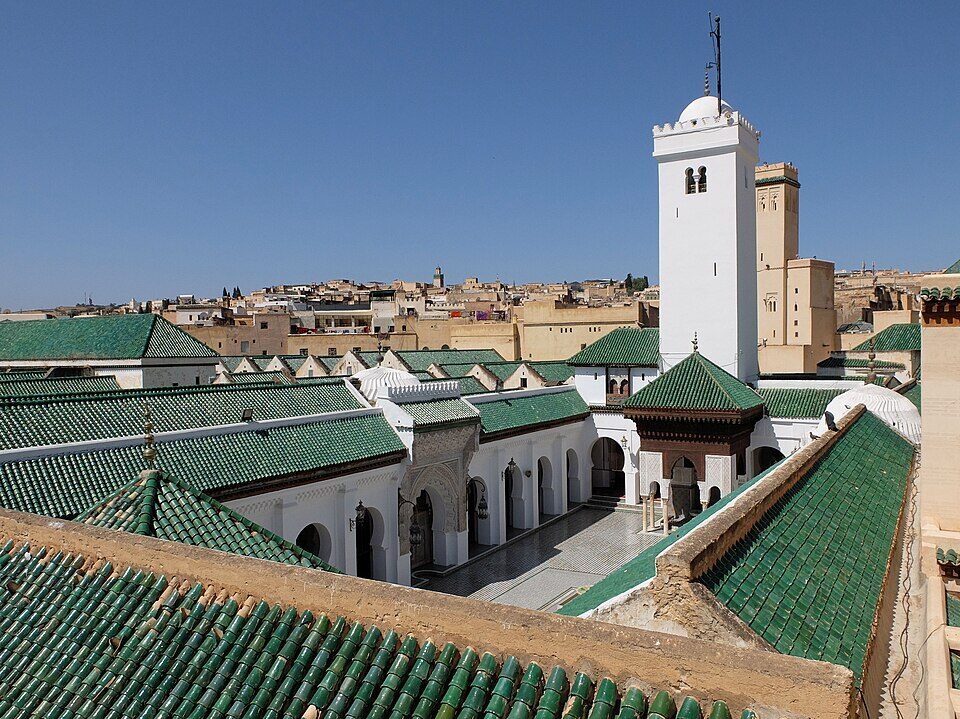
A Legacy That Lives On
Al-Qarawiyyin went on to expand and shape thinkers for centuries. Among its graduates are the 12th-century philosopher and physician Averroes (Ibn Rushd), the historian Ibn Khaldun, and the Jewish physician and theologian Maimonides, who is thought to have studied in Fez.
The university continues in activity today, studying Islamic law, theology, and linguistics alongside the reception of modern fields of study. Al-Qarawiyyin’s library is the oldest in the world, dating from a recent restoration and containing manuscripts dating back over 1,000 years.
Fatima’s heritage is not merely in the buildings that remain standing, but also in the waves of knowledge imparted from one generation to another within their walls.
In a world where women are still struggling to achieve equal access to education, the tale of Fatima al-Fihri is both a beacon and a challenge. A beacon because it is a reminder that women have been part of the story of learning from the beginning. A challenge because it is a call to ask ourselves why so many of her stories continue to go untold.
Her existence is testimony to the fact that education knows no gender, borders, or centuries. That one gesture of kindness, based on vision and love for knowledge, can elevate not only one but dozens of generations. The next time you stroll across a university campus, listen to a graduation address, or scroll by an article on school reform, think of Fatima al-Fihri—the woman who, some 1,100 years ago, constructed a university that still illuminates minds to this day.



